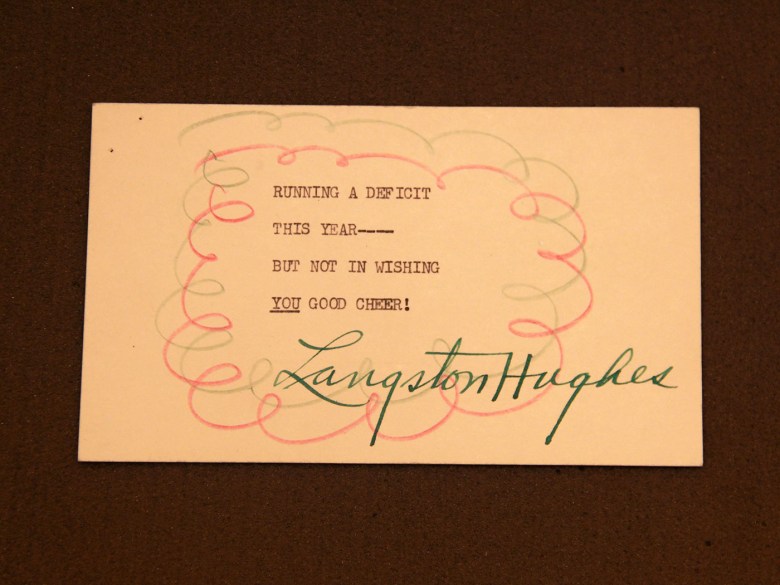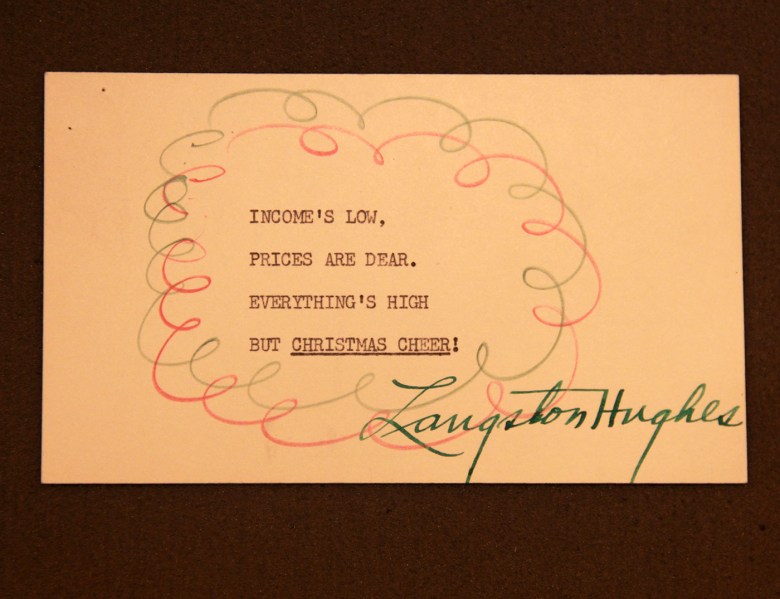One can hardly consider the Christmas season for long, at least in the English-speaking world, without the work of Charles Dickens coming to mind. That owes for the most part, of course, to A Christmas Carol, the novella that revived the public culture of a holiday that had been falling into desuetude by the mid-nineteenth century. Whatever its literary shortcomings, the book offers a host of memorable images, not least culinary ones: Mrs. Cratchit’s pudding, for instance, which Dickens likens to “a speckled cannon-ball, so hard and firm, blazing in half or half-a-quartern of ignited brandy, and bedight with Christmas holly stuck into the top.”
In the Tasting History video at the top of the post, host Max Miller teaches you how to make just such a holiday pudding — and indeed a figgy one, a confection whose name we all recognize from no less a standard carol than “We Wish You a Merry Christmas,” even if we don’t know that pudding, in the Victorian sense, refers to a kind of cake.
The figgy pudding Miller makes from an original 1845 recipe looks, and seems to taste, more like an alcohol-soaked version of the fruitcakes many of us still receive come Christmastime. Despite its reputation for leaden undesirability, reinforced by decade after decade of Johnny Carson gags, the fruitcake has a rich history, which Miller reveals in the video just above, and culinary strengths beyond its extreme shelf life.
This playlist of 20 Christmas-themed videos offers many more such delights: Turkish delight, for instance, as well as Victorian sugar plums, medieval gingerbread, and historical versions of such still-common comforts and joys as eggnog and pumpkin pie. And if you’ve ever wondered to what wassail — as a noun or a verb — actually refers, have a look at the video above, in which Miller explains it all while making a pot of the stuff, which turns out to be a kind of applesauce-enriched ale. Wassail, too, is a favorite Dickens reference, and not just in A Christmas Carol. His first novel The Pickwick Papers includes a Christmas feast with “a mighty bowl of wassail, something smaller than an ordinary wash-house copper, in which the hot apples were hissing and bubbling with a rich look, and a jolly sound, that were perfectly irresistible”: the kind of image that, nearly two centuries later, still makes readers want to go a‑wassailing.
Related content:
Eudora Welty’s Handwritten Eggnog Recipe, and Charles Dickens’ Recipe for Holiday Punch
Try George Orwell’s Recipe for Christmas Pudding, from His Essay “British Cookery” (1945)
Charles Mingus’ “Top Secret” Eggnog Recipe Contains “Enough Alcohol to Put Down an Elephant”
How Eating Kentucky Fried Chicken Became a Christmas Tradition in Japan
Based in Seoul, Colin Marshall writes and broadcasts on cities, language, and culture. His projects include the Substack newsletter Books on Cities and the book The Stateless City: a Walk through 21st-Century Los Angeles. Follow him on the social network formerly known as Twitter at @colinmarshall.





